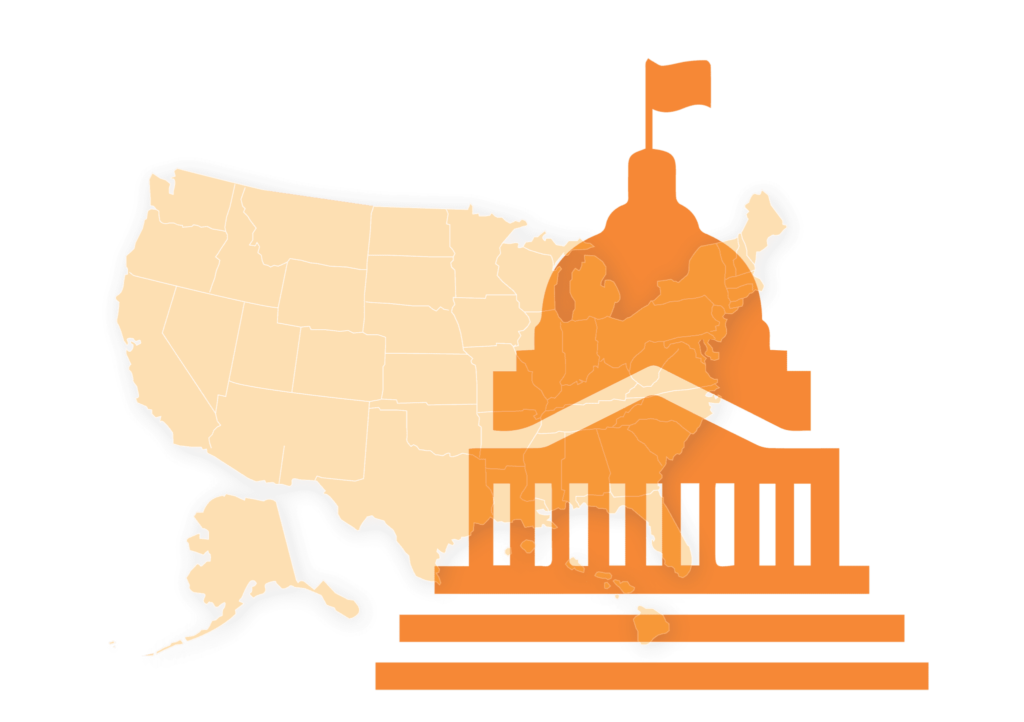Dear Chairwoman Murray, Chairwoman DeLauro, Ranking Member Blunt, and Ranking Member Cole:
Thank you for your continued leadership to support the needs of students and schools, especially those made most marginalized and vulnerable by our current systems. We are appreciative of the increased funding provided in the final fiscal year (FY2022) appropriations bill for core education programs. As the nation continues to recover from the impacts of the pandemic, and our students and educators grapple with the impacts of years of underinvestment in critical programs, we urge you to build upon the increases provided last year and go further in significantly investing in core education programs in FY2023.
Students living in poverty, students with disabilities, students learning English, students experiencing homelessness, students in the foster care system, students who are incarcerated, students who are undocumented, Black and Brown students, Native students, and students who identify as LGBTQ+ have all faced and will continue to experience disproportionate challenges that impeded their learning during the pandemic and as we recover. This disproportionality is evident across many adverse experiences that disrupted learning. As a result, many students have navigated challenges on multiple fronts and face significant barriers to thriving in school. Food insecurity, unreliable access to remote learning technology, reduced access to student support and education services, and homelessness as the result of familial unemployment and stress are just some of the elements that have played a role in disrupting and diminishing students’ learning and positive development opportunities. Further, racial inequities highlighted by both COVID-19 and ongoing racial violence against Black Americans cause additional stress and anxiety for students of color and expose some of the additional daily challenges they face.
The pandemic will have a long-term effect on student learning, outcomes, and experiences, and it is important to make investments that will address immediate needs and provide the resources needed for all students to succeed. As the undersigned civil rights, education, and immigration advocacy organizations, we urge you to include the attached investments in the FY2023 appropriations bill so our students and communities can receive the support necessary to recover and ultimately thrive.
Sincerely,
All4Ed
Education Reform Now
Learning Policy Institute
National Center for Learning Disabilities
National Urban League
SchoolHouse Connection
Teach Plus
The Education Trust
UnidosUS




